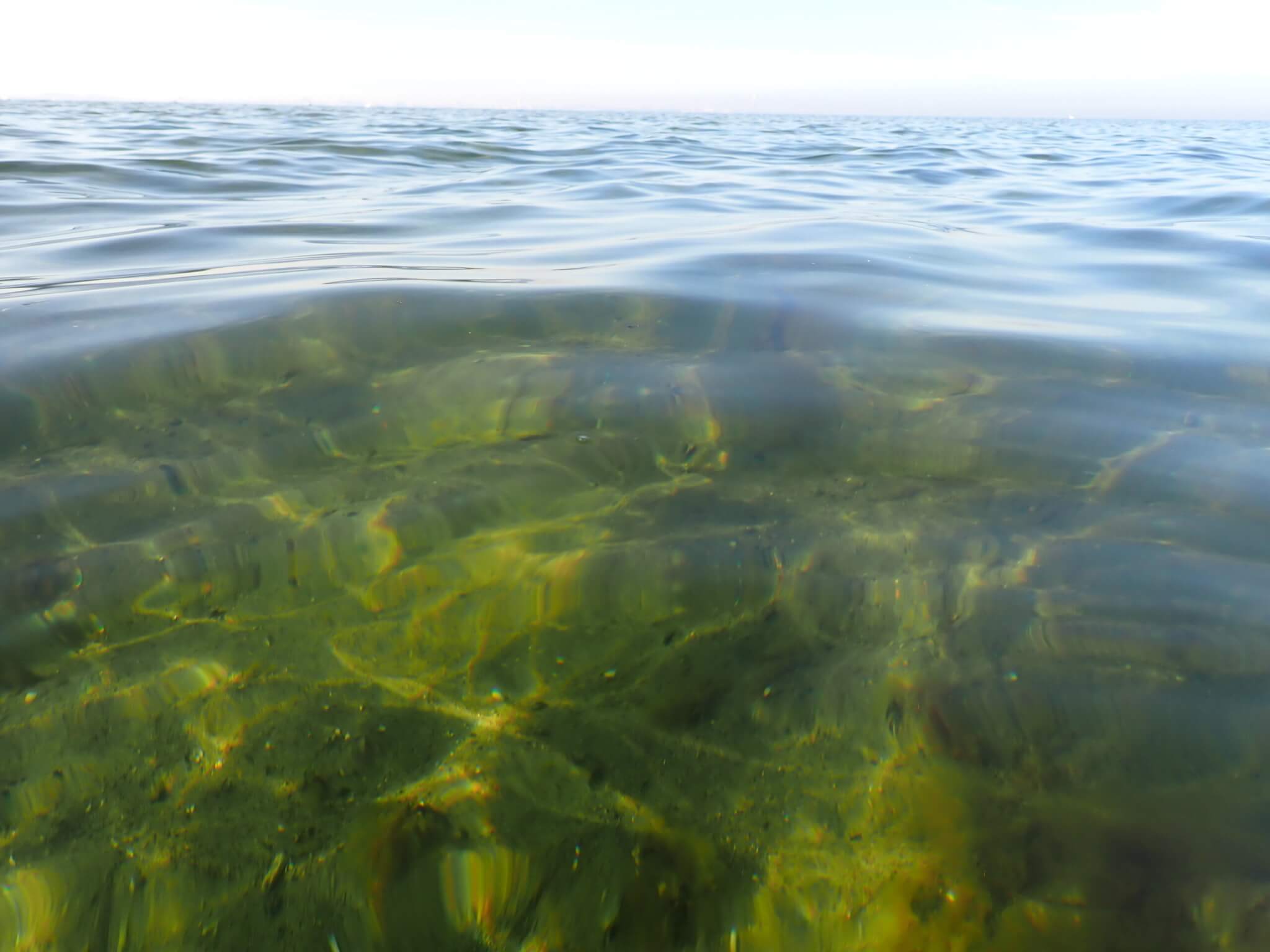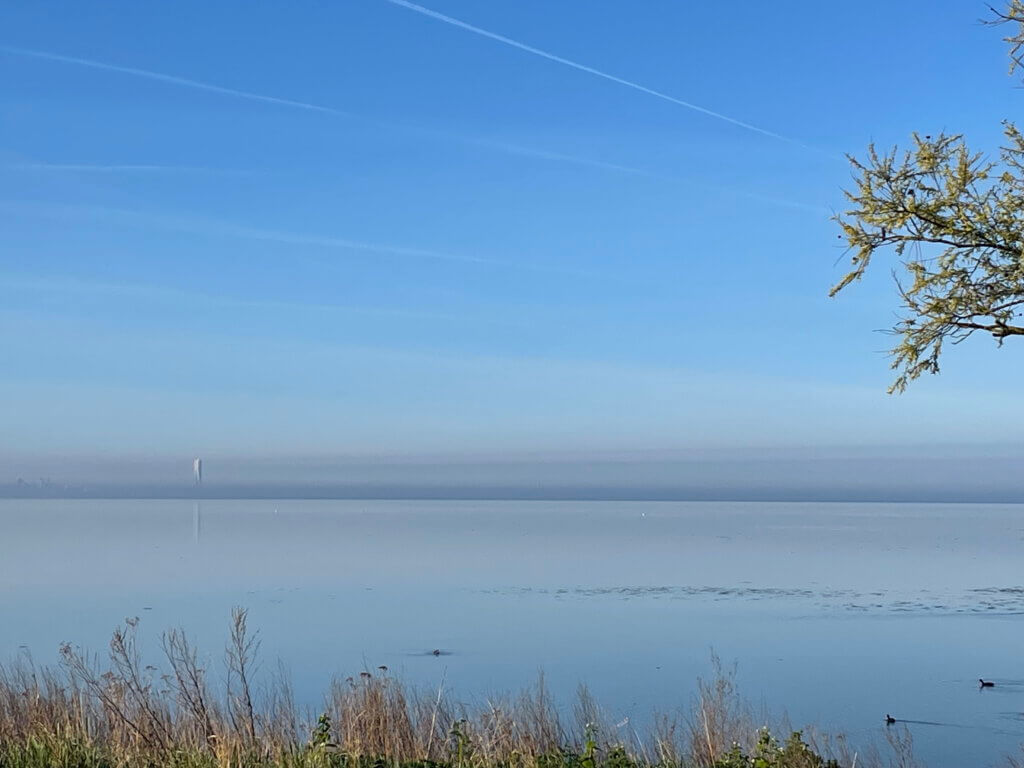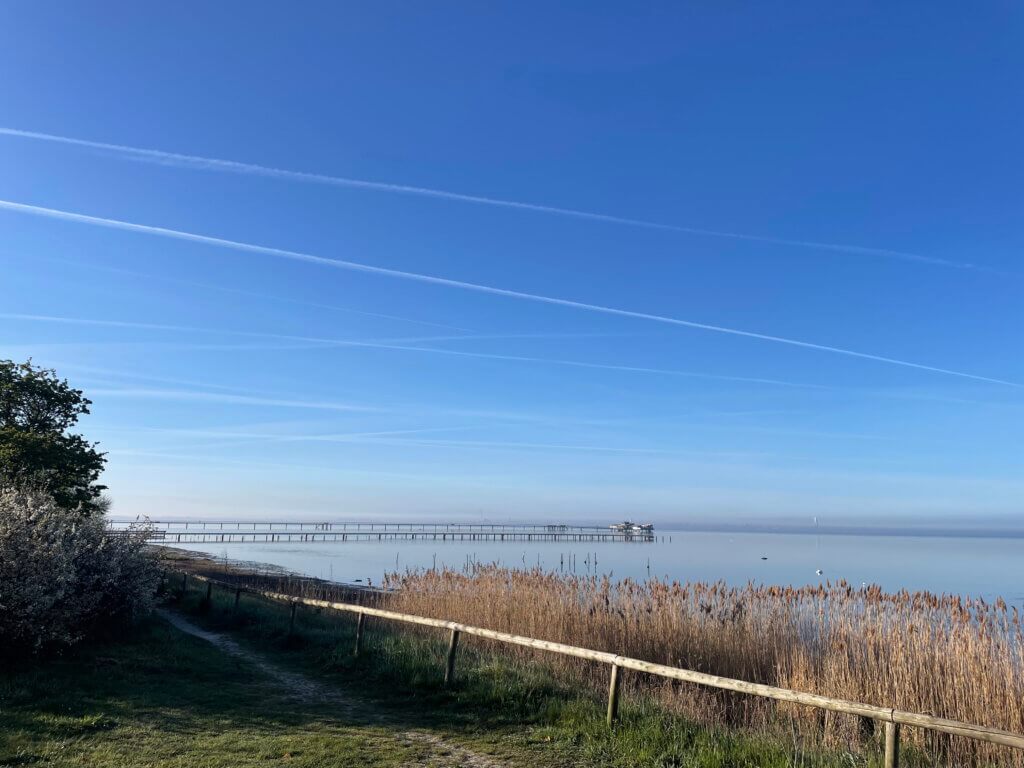
Currently reading “the Climate Change Playbook” by Meadows et al. (2016)
In a recent Transformation Thursday (the monthly networking opportunity that Terese and I have started, where we sit in one of the university canteens over lunch and invite teachers wanting to talk about Teaching for Sustainability to join us), I talked about how I had recently seen the “thumb war” game intervention to show how we often default to competition instead of cooperation (haha, in a post from 2017 I write about how I experienced it in a workshop and that will never forget it, but clearly I did!). Ola Leifler then recommended “the Climate Change Playbook”, and now I am finally reading it! My thoughts on it below.
First off: I love the clear structure of this book! They have three types of games (mass games for up to hundreds of players, demonstration games for about 10 people that can be observed by others, and participation games for groups of up to 30 participants) that address a bunch of different system behaviors and misconceptions:
- Habitual behavior that needs to be changed
- Enlarging frames of reference in time, place, and sense of responsibility
- Dealing with uncertainty
- The climate cannot be fully controlled by humans
- We still haven’t experienced the effects of past emissions, and will experience the effects of current emissions long into the future
- Signals that seem tiny (like changes in atmospheric CO2 of a few parts per million) can have huge, life-changing and life-threatening effects
Next, I love how the authors are very clear very early on that games are not for everybody. Not everybody is mobile, comfortable with physical proximity to others, etc.. The authors give advice on how to deal with this in a respectful and sensitive way. Also in their section about debriefing, the authors suggest language to avoid embarassing situations for participants and instead focussing on discussing underlying reasons for behaviour (that the games are also set up to bring out in people, I suspect? So it is only appropriate to make sure that nobody feels embarassed for reacting in a way that the game was designed to make them react).
They suggest seven very helpful steps for debriefing (also when thinking about role plays!):
- describe what happened in the game
- connect it to real systems in the real world
- investigate which factors in the game caused those events and issues
- compare those factors to the real world
- identify changes in the game that would prevent the biggest issues
- again, do the transfer to the real world
- foster commitment to actions towards doing those changes in the real world! (love this last point!)
Now on to the games!
I love how they are presented with explicit scripts for the facilitator, that makes it a lot easier to adapt them! Many of them are super easy, e.g., recognising that people fold their arms in a habitual way, and that it is really difficult to break that habit; or a “lower the hoop” exercise where the rules of the game (have your fingers underneath and never loose contact) make it improbable that the hoop goes down, not up; or that show the importance of the frame of reference (like rotating a finger clockwise over your head and then bringing it down while maintaining that rotation suddenly makes it rotate counterclockwise). One that I really liked is to show how sustainability depends more on culture than on technology — even the most “sustainable” pen in terms of materials is unsustainable compared to a more material-intensive one if that is the one we take care of whereas the other one is likely to get lost, replaced often, etc..
One game presented here is very similar one I used to play a lot about 15 years ago when I ran networking workshops for the Earth Science Womens’ Network, and that I had completely forgotten about! Here it’s called “triangles”. I had forgotten about it! We played the game to illustrate group dynamics, and there are several rounds in which people that initially are randomly distributed in a room have to keep the same distance to one or several other people, either randomly picked or pointed out by the facilitator, and then move and stop according to instructions. This was always fun and always led to great discussions in the debriefing!
I really enjoyed browsing this book! And an interesting challenge for me is now, since I will be teaching my next “teaching for sustainability” course online, to figure out which of these (or similar) could work well in an online setting! That is a dimension that is missing in that brilliant matrix (as are page numbers, btw…). At a first glance, both the “arms crossed” and “circle in the air” games work well, as do several ones with folding and tearing paper, the pen one, and “1-2-3-Go!”, where participants are supposed to clap at “go”, but typically clap when the facilitator claps… But it would be fun to have a couple of those ready to go for the course in the fall!
Meadows, D., Sweeney, L. B., & Mehers, G. M. (2016). The climate change playbook: 22 systems thinking games for more effective communication about climate change. Chelsea Green Publishing.
The book is available online for LU. An earlier, but very similar version is available online for free: Sweeney, L. B., Meadows, D., & Mehers, G. M. (2011). The Systems Thinking Playbook for Climate Change: A Toolkit for Interactive Learning. Deutsche Gesellschaft für Internationale Zusammenarbeit (GIZ) https://klimamediathek.de/wp-content/uploads/giz2011-0588en-playbook-climate-change.pdf
In other news: Morning dip today, on the first of May, and worst smog I have experienced here! Last night’s Valborg fires released a lot of smoke particles, and since there isn’t a lot of wind, the smoke layer just keeps sitting there. Now that the sun is up, the dark particles on top of the layer heat up and at the same time shade lower layers, so that the air above the smoke layer heats up more than the smoke layer itself, thus creating a stable stratification where the smoke really doesn’t have anywhere to go. You can really see the layer below (and the turning torso sticking out of it at the horizon).
Even until lunch time you could clearly smell smoke when you go outside. Probably not healthy to do too much outside right now…
But the water is beautiful as always. I love how the different length scales can exist at the same time — the longer waves and then this spot of turbulence to the right!
And this is my favourite picture from today: Isn’t it absolutely beautiful to look into the water like this, even seeing little rainbows on the seafloor? Water is the absolute best!




